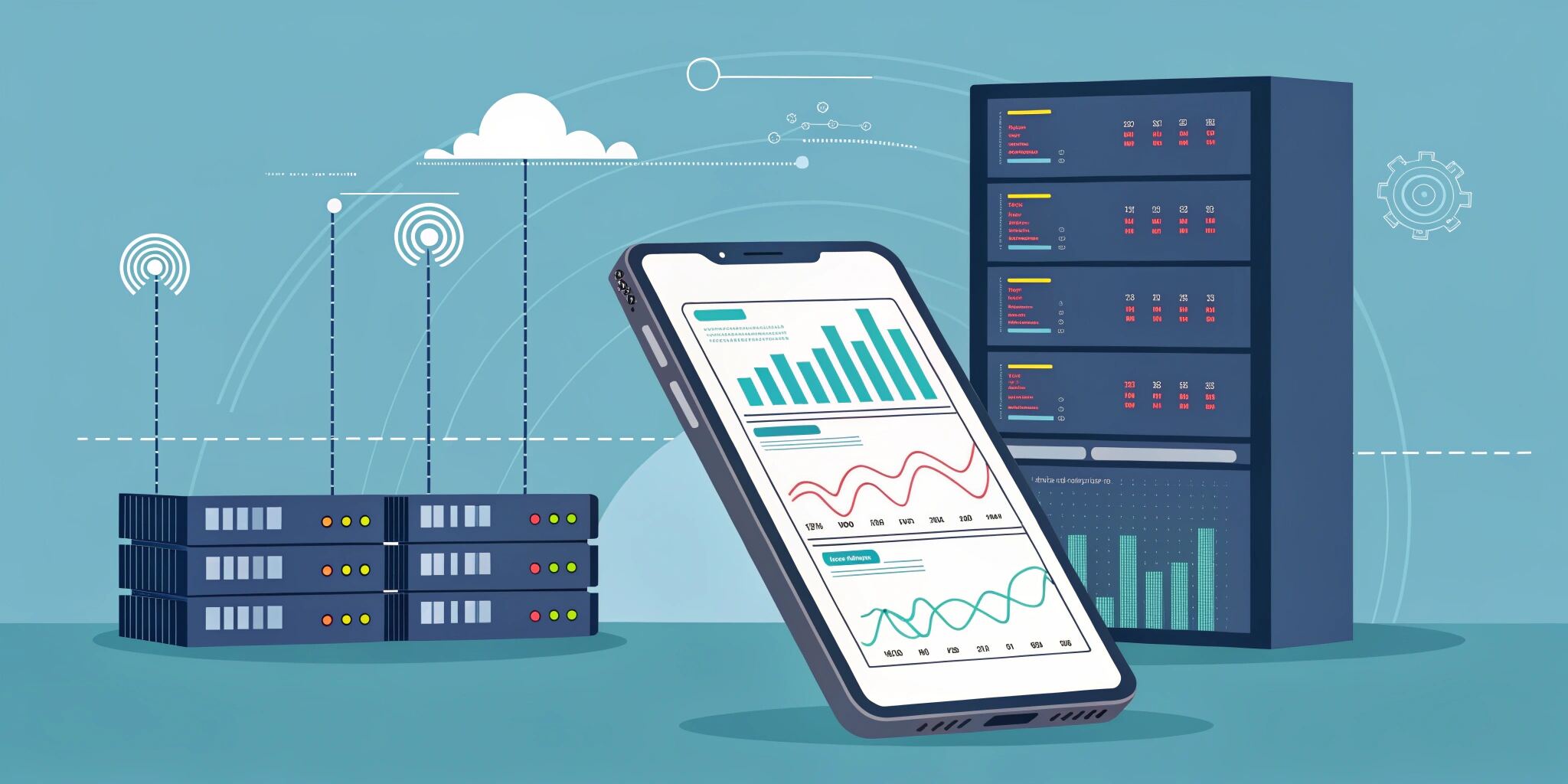As mobile devices become more powerful, the ability to run machine learning (ML) models directly on smartphones is no longer futuristic—it's a necessity. On-device inference ensures lower latency, offline capability, better privacy, and reduced cloud costs.
In this guide, we’ll walk through the tools, frameworks, and strategies to successfully deploy ML models on mobile devices in 2025.
Why Deploy ML on Mobile Devices?
- Low Latency: Get real-time results without server round trips.
- Offline Access: Enable functionality without internet.
- Privacy: Keep sensitive data on-device.
- Efficiency: Reduce cloud infrastructure load and costs.
Use cases include:
- Real-time language translation
- Image recognition
- Voice assistants
- AR object tracking
- Health diagnostics
Key Frameworks and Tools in 2025
TensorFlow Lite (Android & iOS)
- A lightweight version of TensorFlow optimized for mobile.
- Offers model quantization and GPU acceleration.
- Compatible with Keras and TensorFlow models.
Core ML (iOS)
- Apple’s native ML framework.
- Supports model conversion from PyTorch, TensorFlow, XGBoost, and ONNX.
- Excellent for iPhone/iPad hardware optimization.
ONNX Runtime Mobile
- Cross-platform support (Android and iOS).
- Optimized for different runtimes including CPU, GPU, and NPU.
- Works with models exported from PyTorch, scikit-learn, and TensorFlow.
MediaPipe
- Ideal for real-time vision-based applications (e.g., face detection, hand tracking).
- Lightweight and optimized for mobile CPUs.
3. Model Optimization Techniques
To ensure smooth on-device execution, models must be optimized:
- Quantization: Convert 32-bit floats to 8-bit integers.
- Pruning: Remove less important weights in neural networks.
- Knowledge Distillation: Train a smaller "student" model to mimic a large "teacher."
- Edge TPU/NPU Optimization: Tailor models for hardware accelerators.
4. Future Trends in Mobile ML
- Federated Learning: Train models collaboratively without sharing raw data.
- TinyML: Deploy ML models on microcontrollers (IoT edge).
- Real-Time AR AI: Enhanced computer vision in wearable and AR apps.
- Model Zoo Integration: Use pre-trained models from sources like Hugging Face or TensorFlow Hub.
Conclusion: AI in Your Pocket
Mobile machine learning is unlocking new possibilities in real-time, user-centric applications. With tools like TensorFlow Lite, Core ML, and ONNX, deploying models is more accessible than ever. By optimizing models and leveraging hardware acceleration, developers can bring cutting-edge intelligence right into users’ hands.
The future of mobile is not just smart—it’s AI-powered.


